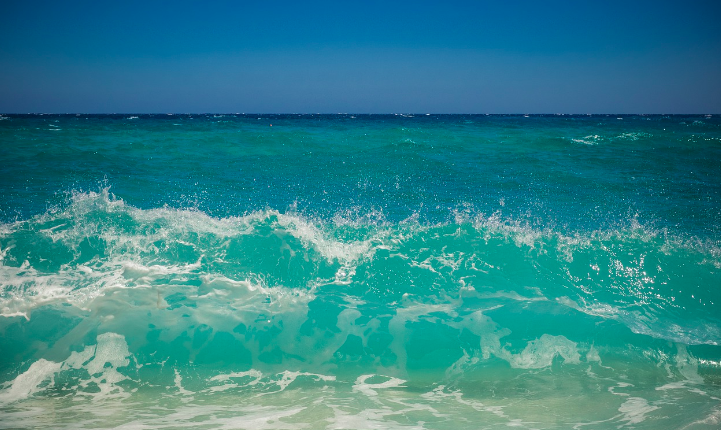
Wave heights have increased in winter and decreased in summer over the past forty years. These are the findings of a study that has been recently published in the scientific journal Frontiers in Marine Science. The study developed a climatology of wind-generated waves in the Mediterranean Sea between 1980 and 2019 and analysed their variability, change and magnitude under ordinary and extreme conditions.
The study was conducted by researchers from two institutes of the National Research Council (CNR) – the Institute of Marine Sciences (CNR-ISMAR) and the Institute of Polar Science (CNR-ISP) – and by researchers from the University of L’Aquila. For the first time, the highest waves, the so-called “extreme waves”, which pose a threat to navigation and offshore structures, were analysed.
The researchers made use of simulations of sea surface winds from the European Centre for Medium-Range Weather Forecasts (ECMWF) and of a numerical sea state simulation model developed by the National Centers for Environmental Prediction (NCEP-NOAA), the US weather service, which was specially modified to reproduce and predict extreme waves. The dataset produced was then validated against satellite altimeter measurements.
“The results confirmed the ability of the models to reproduce the wind-wave climate and its temporal variability and changes, and also allowed us to propose a novel definition of seasons for the Mediterranean Sea wind-wave climate, with longer winters and shorter springs and autumns,” explained Francesco Barbariol, researcher at the CNR-ISMAR and lead author of the study. “Under ordinary conditions, the highest waves occur in the western and southern parts of the Mediterranean Sea in winter and in the eastern part in summer. The complex geographical and orographic context plays a fundamental role in the genesis of storms: during the most intense storms in the winter period, the highest waves, exceeding 12 metres, are found in the western part of the Mediterranean Sea. This new climatology shows that wave heights have increased in winter and decreased in summer over the past 40 years. Modern numerical tools will make it possible to assess, with less uncertainty, whether these trends will also be confirmed in future scenarios in the Mediterranean region where the effects of climate change are expected to be more significant than in other areas.”
Wind waves are a key factor in the Earth global climate system as they modulate the exchange of energy, heat, oxygen and carbon dioxide between water and the surrounding atmosphere. At the same time, wind waves can significantly affect human activities on a global and local scale as they can grow under moderate winds therefore impacting offshore structures and navigation as well as coastlines and coastal recreational or productive activities. In particular, larger waves, especially those generated during storms, can potentially cause structural damage and losses of human lives, as demonstrated by the many accidents happened in the past that were due to the occurrence of very large, sometimes abnormal, wave heights. It is therefore essential to carry out research to assess wave climate, also in order to create a reference for studies on the future climate.

